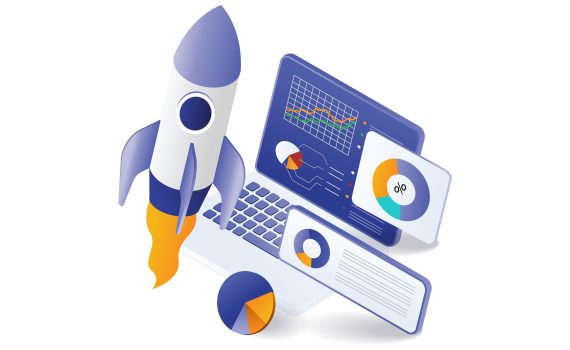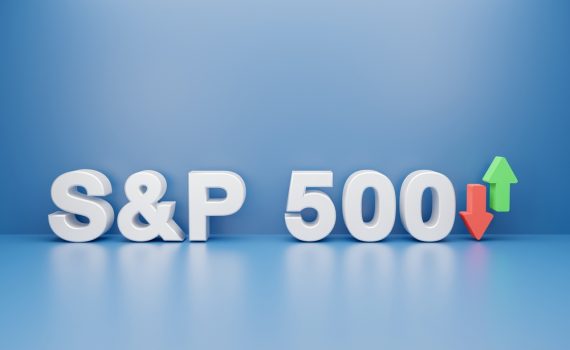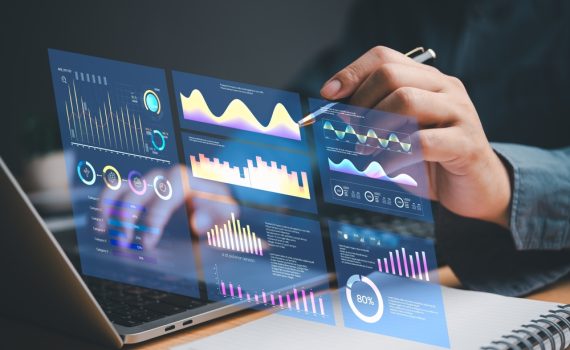As the calendar has now turned squarely into Q4, the sweepstakes for who will be nominated as next Chair of the Federal Reserve will no doubt increase. Current Chair Powell’s term does not end until May 2026, but according to published reports, it looks like the Trump Administration could make an announcement as soon as January.
Consider October theory as a traffic light signal for the upcoming months. It’s the perfect time to press the pause button, reset goals, and then give them a go before the current year ends.
AI investment fuels a $1.1 trillion capex surge in the S&P 500, with IT returns soaring post-tariff. Meanwhile, AI transforms marketing by making high-quality ad creation affordable and narrowing the gap between big brands and small businesses.
While trade tensions with China dominated the attention during the week, some bank news also captured investor interest. Stocks pushed higher last week, buoyed by strong third-quarter results posted by several money center banks.
Institutional investors increasingly recognize the challenge that physical climate risk is beginning to pose to markets and economies. The COP30 Net Zero Atlas maps physical climate risk across sub-national regions, pinpointing exposure through granular mapping.
Pavlov’s dogs became conditioned to associate a bell with a reward. Does that sound all that different from equity traders right now?
With the federal government shutdown delaying major economic data releases, investors are left navigating markets without key signals. While this shutdown does not include debt ceiling standoffs, it still clouds short-term visibility for the economy.
As per WHO data, almost all of the global population (99%) breathes air that exceeds WHO guideline limits. It is ironic how an evolved humankind is contributing to give rise to newer medical challenges, respiratory or otherwise, in the modern world.
The Fed’s glide path to neutral is intact, but late-cycle labor wobbles and sticky inflation keep us cautious: long duration, dry powder, and no heroics. Our base case for a soft landing remains intact, and market movements seem to agree.
The S&P 500 fell by more than 2.7% on Friday, which came as a big surprise to many. While the size of the decline was certainly unexpected, the change in trend was not. So what can one expect to see next?
FTSE Russell’s data tools offer clarity and consistency across the index lifecycle. From initial universe screening to detailed eligibility assessments and ongoing performance analysis, these products help users manage index-related workflows and better understand the data that shapes global equity benchmarks.
As the midnight deadline approached for Congress to pass a continuing resolution that would temporarily fund the federal government, the prospect of a shutdown dominated market sentiment.















